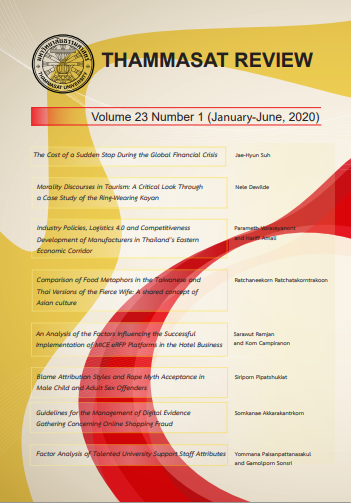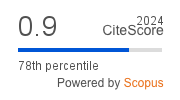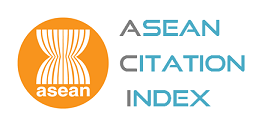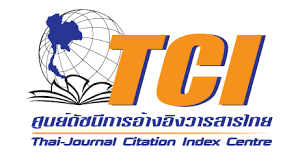Industry Policies, Logistics 4.0 and Competitiveness Development of Manufacturers in Thailand’s Eastern Economic Corridor
Keywords:
Logistics, Logistics 4.0, Industry 4.0, Eastern Economic Corridor, ManufacturerAbstract
A qualitative study is employed to explore factors encouraging manufacturers in Thailand’s Eastern Economic Corridor to enhance their competitiveness by means of logistics 4.0. There are four research issues needed to be addressed in this study: (1) What is the logistics situation of manufacturers in the Eastern Economic Corridor (EEC) areas; (2) What are the roles of technology changes and transfers in adoption of technology-related logistics system for competitiveness; (3) What are the impact of government policies on manufacturers and its logistics system; and (4) What extent should the government support logistics 4.0 and competitiveness of manufacturers within the EEC area.
Data were collected by means of in-depth interview from thirty-five participants at top and middle management levels in firms across EEC regions. Content analysis was employed to analyze data. The findings show that the government’s policies have significant impacts on manufacturers within the EEC area, especially the policies that bridge technology transferring gaps (i.e., funding for human development and logistics consultants to assist of individual organizations on some specific issues). In contrast, the incentives given to new investors in the EEC area discourages competitive advantage of existing manufacturers within the areas. The adoption of information technology in the organization is widely found in most of the organizations; however, there are limitations regarding logistics automations and funding to upgrade the advanced equipment for competitive development.
Downloads
Published
How to Cite
Issue
Section
License
The opinions and ideas expressed in all submissions published in Thammasat Review are solely that of the author(s) and do not necessarily reflect that of the editors or the editorial board.
The copyright of all articles including all written content and illustrations belong to Thammasat Review. Any individuals or organisation wishing to publish, reproduce and distribute a particular manuscript must seek permission from the journal first.








